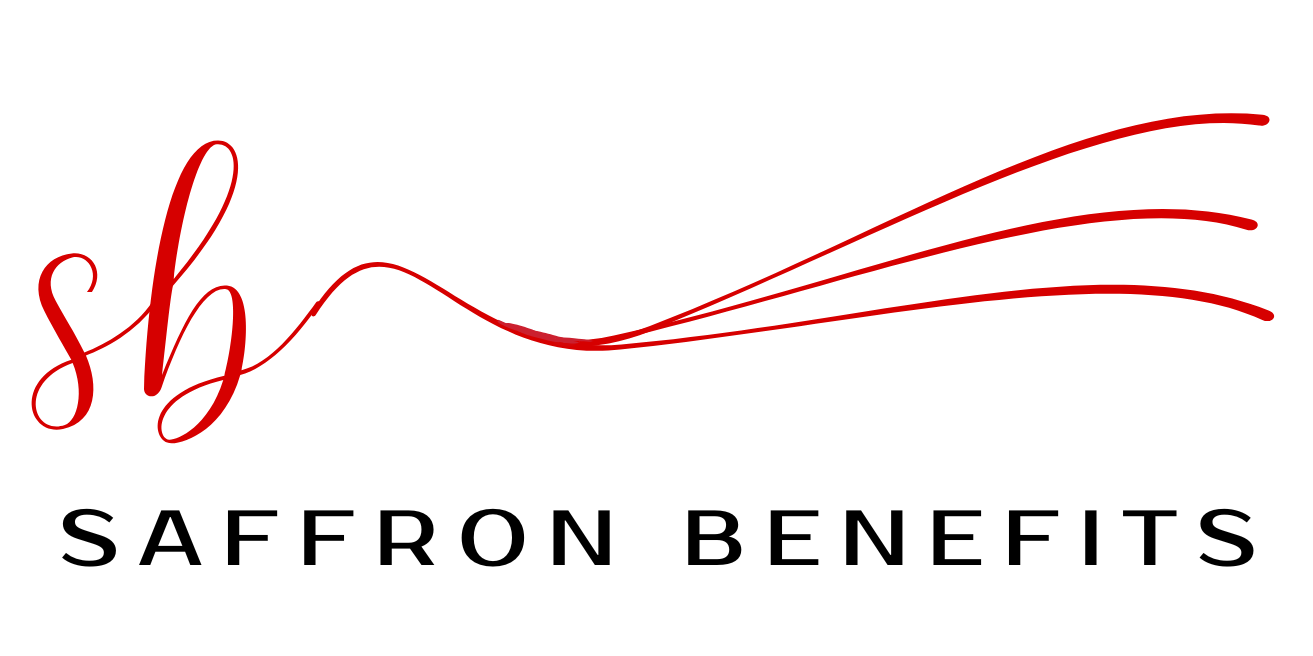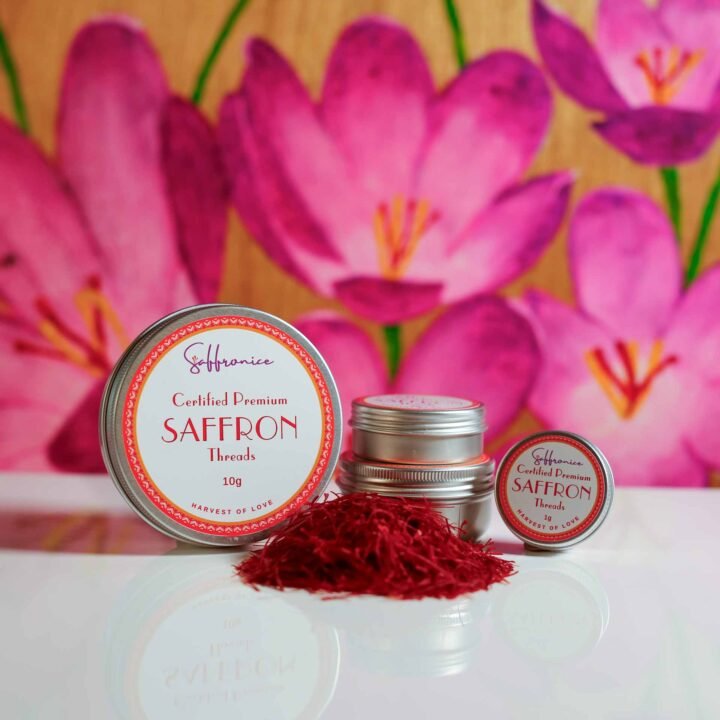The global saffron trade represents a complex landscape featuring intricate import-export regulations, quality standards, and market dynamics that shape international commerce. As one of the world’s most valuable spices, understanding what makes saffron unique and the nuances of trade policies proves essential for businesses navigating this lucrative market.
This comprehensive guide explores global saffron trade intricacies, examining key import-export guidelines, major producing countries, market trends, and critical factors influencing the international flow of this precious commodity. Understanding documentation requirements, quality control measures, and customs procedures enables confident navigation of trade complexities.
📌 Quick Answer: Global saffron trade involves complex policies including import/export regulations, quality certifications (ISO 3632), tariffs (5-20% range), and documentation requirements. Major producers (Iran 90%, India 6%, Spain 3%) influence market dynamics through export quotas and quality standards.
🔑 Key Takeaways:
- The complex global trade landscape requires regulatory understanding
- Major producing countries control supply and quality standards
- Essential documentation and quality certification requirements
- Tariff structures and trade barriers affecting market access
- Dispute resolution mechanisms ensuring fair international commerce

Understanding Global Saffron Market Dynamics
The international saffron market reflects sophisticated cultivation practices and trade policies among leading production countries, creating a complex web of commercial relationships that influence global pricing and availability.
Major Producing Countries and Market Control
Three nations dominate global saffron supply, each contributing unique characteristics that influence international trade policies:
Iran: Controls over 90% of global production through traditional cultivation methods in Khorasan provinces, establishing significant influence over international pricing and export policies.
India: Produces premium Kashmir saffron, representing approximately 6% of global output, commanding premium prices due to superior quality characteristics and limited availability.
Spain: Historic producer contributing 3% of global supply through the La Mancha region, focusing on high-quality European market distribution with strict quality controls.
Market Value and Demand Patterns
Current saffron market trends indicate the global market valuation exceeds $1.5 billion annually, driven by expanding culinary applications, pharmaceutical uses, and cosmetic industry adoption across developed and emerging economies.
Demand Drivers:
- Culinary expansion in international cuisines
- Pharmaceutical applications for bioactive compounds
- Cosmetic industry adoption for luxury products
- Health-conscious consumer preferences for natural ingredients
Supply Chain Complexity
| Stage | Key Players | Primary Challenges |
|---|---|---|
| Cultivation | Farmers, cooperatives | Climate dependency, labor intensity |
| Processing | Processors, exporters | Quality control, logistics |
| Distribution | Wholesalers, retailers | Freshness maintenance, regulations |
| Consumption | Food/pharma industries | Brand differentiation, education |
Understanding saffron export statistics helps navigate market dynamics and identify trade opportunities across different regions and market segments.
International Trade Policy Framework
Global saffron commerce operates within sophisticated policy frameworks encompassing trade agreements, quota systems, and regulatory standards that shape the cross-border movement of this valuable commodity.
Export Quota Systems and Market Control
Major producing countries implement export quotas designed to stabilize international pricing while ensuring domestic supply security. These systems aim to prevent market oversaturation and maintain premium positioning.
Quota Management Challenges:
- Balancing domestic consumption with export revenue
- Preventing black market development and price manipulation
- Ensuring fair allocation among authorized exporters
- Managing seasonal production variations affecting supply
Regional Trade Agreements Impact
International trade agreements significantly influence saffron commerce through tariff structures, quality standards, and customs procedures that vary across different economic partnerships.
Key Trade Frameworks:
- European Union Common Agricultural Policy: Establishes unified quality standards and tariff structures for member states
- Asia-Pacific Economic Cooperation (APEC): Facilitates reduced tariffs and streamlined procedures among member countries
- USMCA (formerly NAFTA): Enables preferential trading terms across North American markets
These agreements create opportunities for preferential market access while establishing compliance requirements that exporters must navigate successfully.
Import Regulations and Documentation Framework
International saffron trade requires comprehensive documentation and adherence to stringent quality control standards that vary significantly across destination markets and regulatory jurisdictions.
Essential Documentation Requirements
Successful saffron importation demands meticulous preparation of documentation portfolios, including:
Primary Documents:
- Commercial invoices detailing origin, quantity, value, and specifications
- Packing lists providing detailed shipment contents and packaging information
- Phytosanitary certificates ensuring plant health and safety compliance
- Certificates of origin verifying the authentic country of production
- Import licenses as required by specific destination country regulations
Quality Control and Standards Compliance
Saffron imports face rigorous quality assessments ensuring compliance with international quality standards that protect consumer interests while maintaining market integrity.
Quality Assessment Parameters:
- Chemical composition analysis for active compounds
- Visual inspection for color consistency and purity
- Aroma intensity evaluation and authenticity verification
- Moisture content testing and contamination screening
Understanding saffron grading systems helps ensure proper classification and compliance with destination market requirements.
Customs Clearance Procedures
Customs procedures vary substantially across jurisdictions, requiring thorough preparation for potential import taxes and compliance with local trade barriers, including quotas and restrictions.
Clearance Considerations:
- Applicable tariff rates and duty calculations
- Inspection procedures and sample testing requirements
- Storage and handling protocols for perishable products
- Appeals processes for disputed classifications or valuations
Export Guidelines and Compliance Standards
Saffron exporters must navigate complex regulatory environments while ensuring product quality and authenticity throughout international distribution channels.
Documentation and Certification Requirements
Export operations require comprehensive documentation establishing product authenticity, quality compliance, and regulatory adherence for destination markets.
Core Export Documents:
- Export permits authorizing shipment from the origin country
- Phytosanitary certificates confirming pest and disease freedom
- Quality certifications meeting international standards
- Customs declarations providing detailed shipment information
Packaging and Preservation Standards
Proper packaging preserves saffron’s delicate characteristics while meeting international transportation and storage requirements that maintain product integrity throughout distribution.
Packaging Requirements:
- Moisture-proof containers prevent quality degradation.
- Light-blocking materials preserving color compounds
- Tamper-evident seals ensure authenticity
- Temperature-controlled shipping for optimal preservation
International Standards Compliance
Exporters must ensure products meet stringent standards established by organizations, including ISO and regional spice associations that govern international trade acceptance.

Tariffs and Trade Barriers Analysis
Understanding tariff structures and non-tariff barriers enables effective market entry strategies while optimizing profitability across different international markets.
Import Duty Structures
Saffron faces varying import duties across different markets, ranging from minimal rates in free trade agreement countries to substantial tariffs exceeding 20% in protected markets.
Regional Tariff Patterns:
- European Union: 5-20% depending on origin and trade agreements
- North America: 0-10% under preferential trading arrangements
- Asia-Pacific: 5-15% with variations based on bilateral agreements
Non-Tariff Trade Barriers
Beyond import duties, saffron trade encounters various restrictions that impact market access and operational complexity.
Common Barriers:
- Import quotas limit the quantity of saffron allowed
- Quality standards requiring specific testing and certification
- Labeling requirements mandating particular information display
- Packaging specifications dictate container types and materials
| Region | Tariff Range | Primary Barriers | Key Agreements |
|---|---|---|---|
| European Union | 5-20% | Quality standards, labeling | CAP, bilateral FTAs |
| North America | 0-10% | Minimal barriers | USMCA |
| Asia-Pacific | 5-15% | Import licenses, quotas | CPTPP, RCEP |
Understanding these barriers enables strategic planning for market entry and expansion across different regions.
Quality Certification and International Standards
Maintaining consistent quality standards proves crucial for successful international trade, with various certification bodies establishing comprehensive guidelines for global saffron commerce.
ISO 3632 International Standard
The International Organization for Standardization’s ISO 3632 standard provides globally recognized benchmarks for saffron quality assessment and classification.
Key Assessment Criteria:
- Moisture content prevents spoilage and maintains quality
- Volatile oil composition ensuring authentic aroma characteristics
- Coloring strength, measuring crocin content, and potency
- Purity standards preventing adulteration and contamination
National Quality Standards
Individual producing countries develop specific standards ensuring export quality while protecting domestic production reputations in international markets.
Regional Standards:
- Indian Agmark certification verifying Kashmir saffron purity
- Iranian ISIRI standard ensuring Persian saffron authenticity
- Spanish DOP certification protecting the La Mancha origin designation
These certifications enable premium saffron differentiation while building consumer confidence in authentic products.
Trade Dispute Resolution Framework
International saffron trade disputes require structured resolution mechanisms ensuring fair and equitable outcomes for all stakeholders involved in commercial disagreements.
World Trade Organization Framework
WTO dispute settlement procedures provide formal mechanisms for resolving trade conflicts between member countries while maintaining international commerce stability.
Resolution Mechanisms:
- Consultation processes encouraging direct negotiation
- Panel proceedings for formal dispute adjudication
- Appellate review ensuring procedural compliance
- Implementation monitoring, verifying resolution compliance
Regional Arbitration Systems
Regional trade agreements often include specialized arbitration procedures for industry-specific disputes that require technical expertise and rapid resolution.
Alternative Resolution:
- International Chamber of Commerce arbitration services
- Regional trade body mediation programs
- Industry association dispute resolution services
- Bilateral negotiation frameworks for government-level issues
Sustainable Trade Practices and Future Trends
Emerging trends in saffron trade emphasize sustainability, traceability, and technological innovation that reshape international commerce patterns and consumer expectations.
Sustainability and Ethical Sourcing
Growing consumer awareness drives demand for sustainable saffron farming practices that support environmental stewardship while ensuring fair compensation for producers.
Sustainability Trends:
- Organic certification meets organic farming standards.
- Fair trade practices ensure producers receive fair compensation
- Environmental stewardship protects cultivation ecosystems
- Traceability systems enabling supply chain transparency
Technological Innovation Impact
Digital platforms, blockchain technology, and artificial intelligence transform the saffron trade through enhanced efficiency, transparency, and supply chain optimization.
Technology Applications:
- Blockchain traceability ensures authenticity verification.
- Digital marketplaces connecting producers with global buyers
- AI-powered logistics optimizing distribution efficiency
- Smart packaging monitors product conditions throughout transport
Understanding luxury good positioning helps businesses capitalize on premium market opportunities while meeting evolving consumer expectations.
Market Access and Distribution
Effective distribution strategies require understanding diverse market channels from wholesale sourcing to direct-consumer sales that optimize profitability across different market segments.
Strategic Market Navigation
Successful international saffron trade requires a comprehensive understanding of regulatory frameworks, quality standards, and market dynamics that influence commercial success across global markets.
Businesses must develop strategies addressing documentation requirements, quality compliance, tariff optimization, and dispute resolution while maintaining focus on sustainable practices and technological innovation that define future industry direction.
Conclusion
Global saffron trade policies create a complex but navigable landscape for businesses committed to understanding regulatory requirements, quality standards, and market dynamics. Success depends on comprehensive compliance with documentation requirements, quality certifications, and customs procedures while maintaining strategic focus on emerging trends, including sustainability and technological innovation.
Whether entering new markets or expanding existing operations, a thorough understanding of trade policies enables confident navigation of international saffron commerce while building sustainable competitive advantages in this valuable and dynamic industry.
Frequently Asked Questions
What are the key policies governing global saffron trade? Global saffron trade operates under complex policies, including import/export regulations, quality standards (ISO 3632), tariff structures, and regional trade agreements that vary by country and economic partnership.
Which countries dominate saffron production, and how do they influence trade? Iran controls 90% of global production, India produces 6% (premium Kashmir saffron), and Spain contributes 3%. These countries significantly influence pricing, quality standards, and export policies.
What documentation is required for international saffron trade? Essential documents include commercial invoices, packing lists, phytosanitary certificates, certificates of origin, export permits, and import licenses as required by destination countries.
How do tariffs and trade barriers affect saffron commerce? Import duties range from 0-20% depending on origin and trade agreements. Non-tariff barriers include quality standards, import quotas, labeling requirements, and packaging specifications.
What quality standards must saffron meet for international trade? The primary standard is ISO 3632, covering moisture content, volatile oils, coloring strength, and purity. National standards include Indian Agmark, Iranian ISIRI, and Spanish DOP certifications.
How are saffron trade disputes resolved? Resolution mechanisms include WTO dispute settlement procedures, regional arbitration systems, International Chamber of Commerce services, and bilateral negotiation frameworks between governments and industry bodies.



